The problem is that when rotating my 3D cube on more than one axes, it distorts weirdly roughly halfway through. I am using the JOML math library for matrices.
// This is the model matrix for the rotation of a textured cube
Matrix4f model = new Matrix4f();
model.identity();
model.rotate((float)(glfwGetTime() * Math.toRadians(50.0f)), new Vector3f(0.5f, 1.0f, 0.0f), model);
// Other matrices for coordinate system
Matrix4f view = new Matrix4f();
view.identity();
view.translate(new Vector3f(0.0f, 0.0f, -3.0f), view);
Matrix4f projection = new Matrix4f();
projection.identity();
projection.perspective((float)Math.toRadians(45.0f), 800.0f / 600.0f, 0.1f, 100.0f); // FOV is 45
This is a gif of the distortion:
